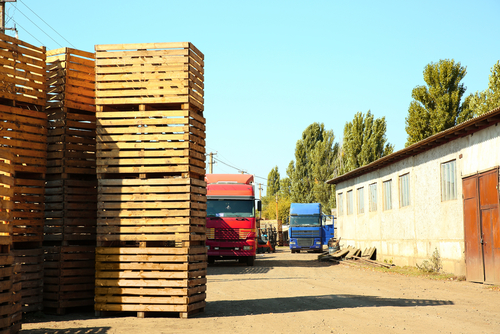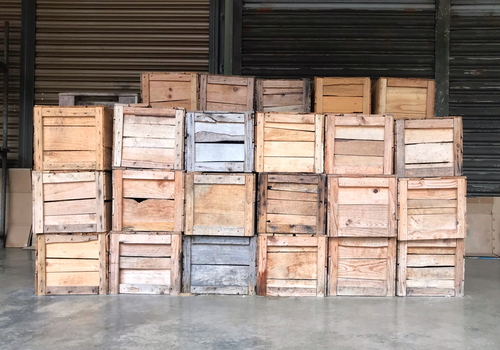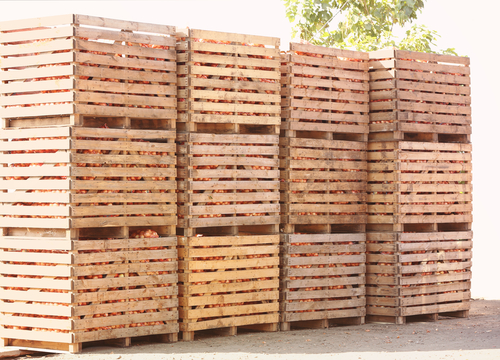Wood is a popular material in the shipping industry, and it comes with quite a few advantages. However, it’s up to you to treat your wooden crates with care so they last. The longer your crates last, the less money you have to spend on new ones, making your operation more profitable. The good news is you can make your crates last by following the right steps.
You can set yourself up for success by buying used wooden crates from a reliable shipping and freight supply company. Train your employees on how to handle and pack the crates. Next, pick the right sizes and protect your crates from the elements. Read ahead for expert tips on making your wooden crates last.
- Buy Strong Crates—Since you want your materials to last for a long time, put in the time and effort it takes to choose the ones that have the best chance of holding up. If you start off with a flimsy wooden crate that you got at a discounted rate, chances are slim that it will be a mainstay. Instead, work with professionals who specialize in shipping materials and pick up quality products that you can expect to stick around over the years. The pros will answer any questions you have, and they’ll help you find durable wooden crates for your inventory.
- Handle with Care—Training your employees the right way makes a world of difference. When you handle your materials properly, they’re much less likely to become damaged. Make sure your staff knows how to handle wooden crates, so they’ll last as long as possible. Wood is durable, but it’s not invincible. Dropping wooden crates too quickly or from too high of a distance can damage them, especially if they land at a certain angle. Everyone who uses wooden pallets should also be familiar with a pallet jack as well as the proper techniques for handling wooden shipping materials.
- Pack Properly—You can only fit so much of your inventory into each wooden crate. If you try to overpack your crates, they could end up busting at the sides and letting your products become damaged or lost. On the other hand, if you’re shipping large, heavy products that don’t take up the full crate, they could slide around in the crate. This has the potential to damage the crates, your inventory as well as your bottom line. Pack your wooden crates carefully so the contents stay still and don’t put too much pressure on the walls. If there’s extra room in the crate after you’ve put your products in, use filler materials to take up the remaining space.
- Choose the Right Sizes—It’s a lot easier to pack properly when you use the right size crates, so start off on the right foot by choosing the sizes that make the most sense for your industry. Businesses that deal with jewelry or other smaller items should use smaller crates, whereas automobile companies that ship car parts will want to go with bigger sizes. However, you also have to think about how your wooden crates will fit on your metal or plastic pallets. You don’t want to have crates hanging over the sides of your pallets or they could get clipped by a doorway or otherwise damaged.
- Control the Climate—Wood is an organic material that comes from the earth, and as such, it expands and contracts when the temperature changes. The composition of the crate doesn’t change by a whole lot, so it shouldn’t impact the amount of space you have to store your products by a very noticeable degree. However, wood that has expanded and contracted multiple times might not have the same structural integrity, and therefore it’s more likely to break. You also want to watch out for rot, which can happen if moisture is allowed to settle on wood for an extended period of time.
Keeping your wooden crates in top shape is easy if you know what you’re doing. Buy strong crates to begin with, handle them properly and don’t overpack them. Make sure you’ve picked the right size for your inventory and your pallets and do what you can to protect your crates from the elements.


